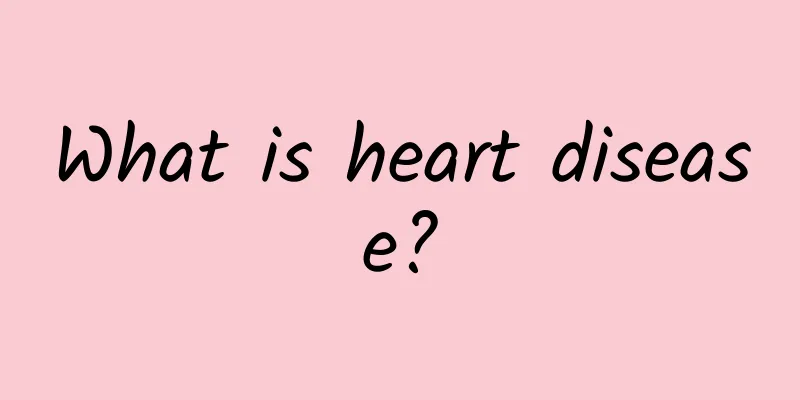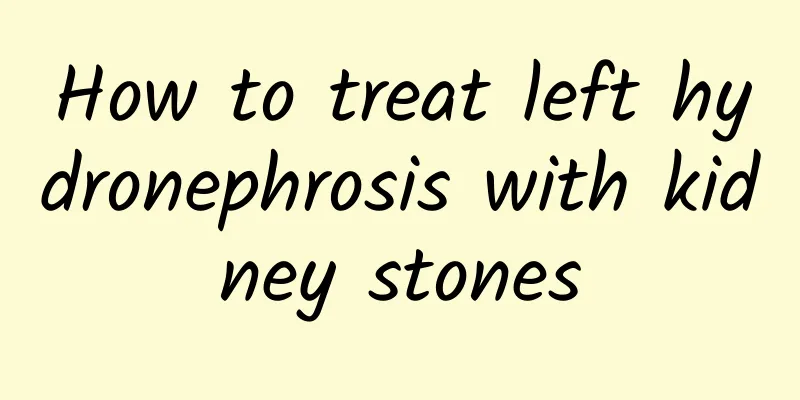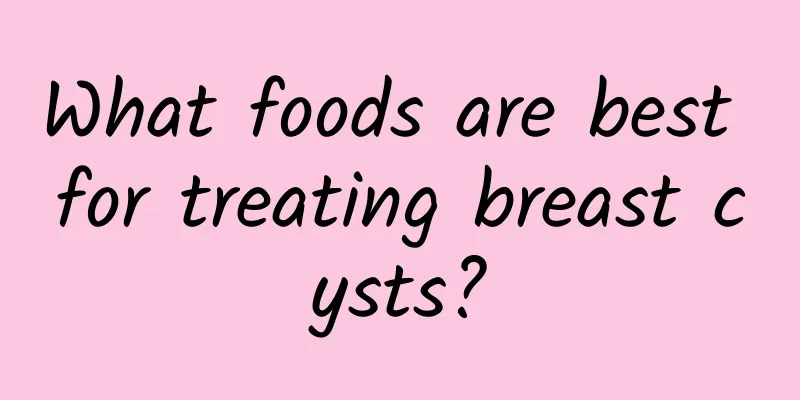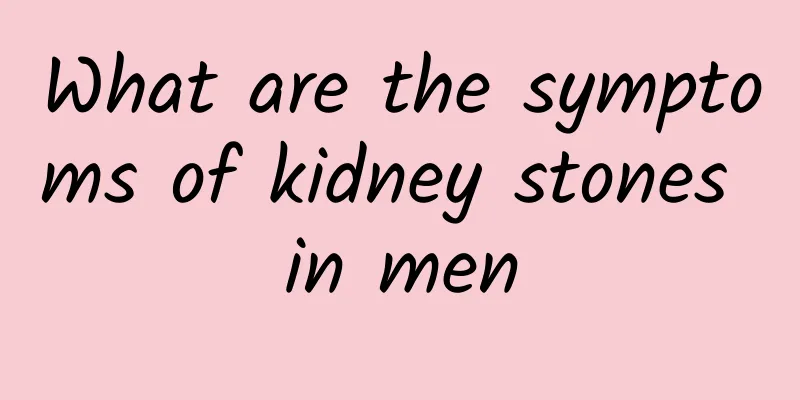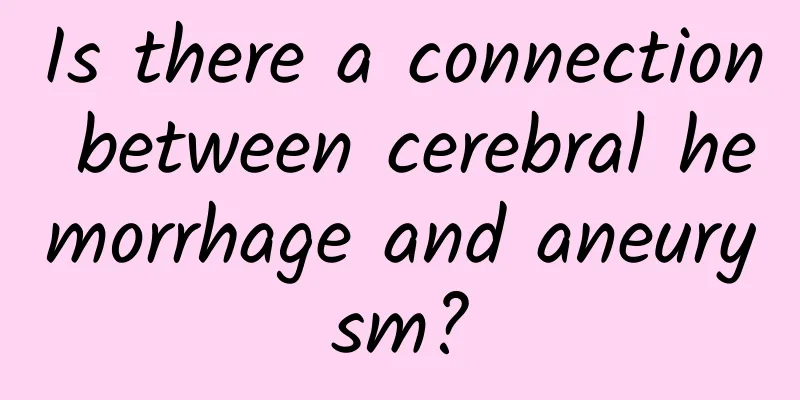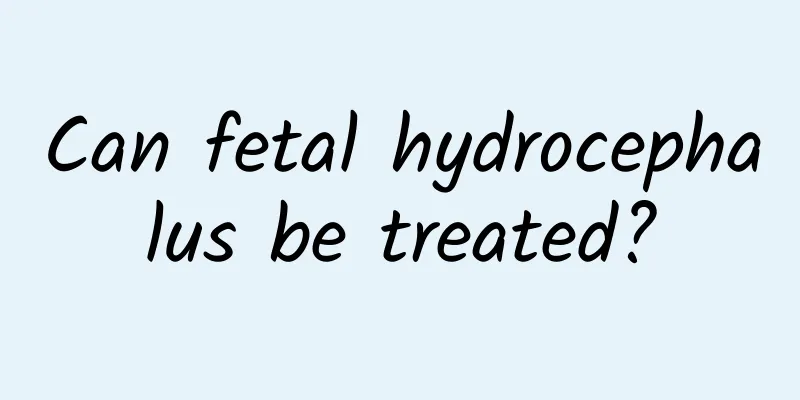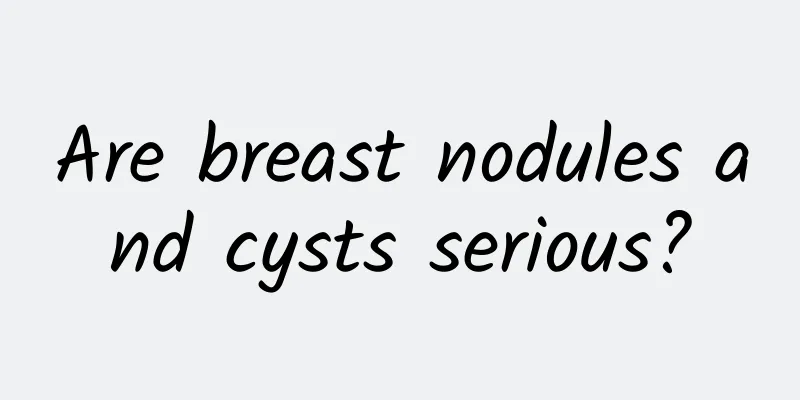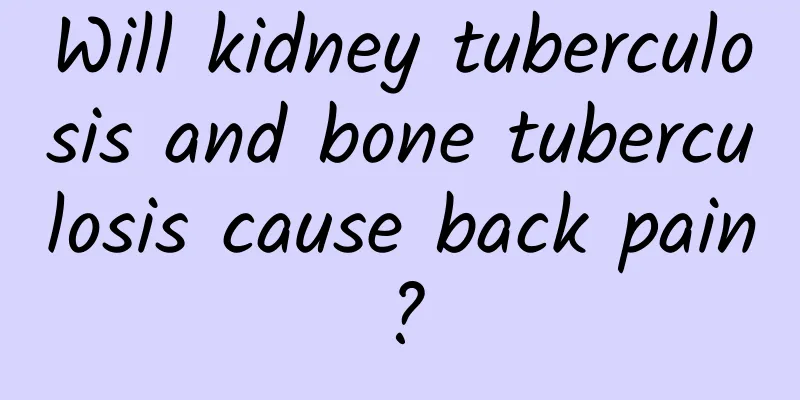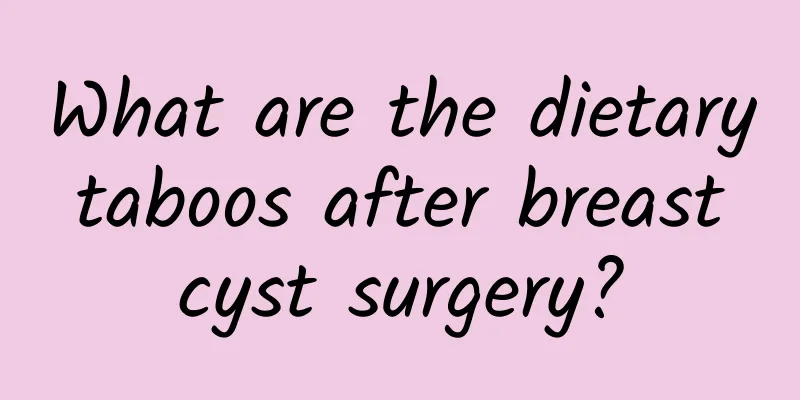Thickening of the ligamentum flavum Spinal stenosis

|
The core problem of ligamentum flavum thickening leading to spinal stenosis is that the ligamentum flavum itself causes the narrowing of the space in the spinal canal due to hyperplasia or calcification, which in turn compresses the nerves and induces symptoms such as low back pain and numbness. For ligamentum flavum thickening, it is necessary to clarify the cause, degenerative changes, trauma, etc., symptoms, and take conservative treatment drugs, rehabilitation exercises or surgical treatment decompression, fixation, etc. in a timely manner. 1 Cause Analysis Thickening of the ligamentum flavum is an important mechanism leading to spinal stenosis. Common causes include: Degenerative changes: With age, the yellow ligament undergoes degenerative changes, loses elasticity, and collagen fibers accumulate and thicken; long-term stress may accelerate the calcification or hyperplasia of the ligament. Inflammation or trauma: Chronic inflammation and trauma around the spinal canal cause repeated damage to the yellow ligament, excessive fiber proliferation during the regeneration process, and eventual degeneration and hypertrophy. Other lesions: Diseases such as degenerative spondylolisthesis and herniated disc cause changes in the vertebral structure, leading to compensatory thickening of the yellow ligament. 2Key symptoms Thickening of the ligamentum flavum leading to spinal stenosis is often manifested by: Low back and leg pain or numbness: The most prominent symptom, which is usually intermittent and can be relieved after rest. In severe cases, it may be accompanied by weakness or affect motor function. Intermittent claudication: Walking for a long time induces numbness and pain in the lower limbs, which can only be relieved by squatting or sitting down to rest. Abnormal bowel and bladder function: If the cauda equina nerve is compressed, it may cause bowel and urination problems and requires emergency medical attention. 3 Treatment measures Depending on the severity of the condition, the following measures can be taken: Conservative treatment: Early patients can relieve inflammation and pain through nonsteroidal anti-inflammatory drugs and hormone shock therapy, and cooperate with physical therapy such as traction and massage to reduce nerve root pressure. Rehabilitation exercises: It is recommended to do exercises such as pelvic lifting and sacroiliac joint stretching to strengthen the stability of the core muscles and relieve the symptoms caused by spinal stenosis. Surgical treatment: For patients with severe nerve compression, surgical decompression such as laminectomy and yellow ligament resection is recommended to restore the patency of the spinal canal; spinal fusion can also be performed as needed to stabilize the vertebral body. Spinal stenosis caused by thickening of the yellow ligament requires early detection and early intervention to avoid it from developing into an irreversible stage. Whether it is medication or surgery, it needs to be personalized based on symptoms, causes, and imaging evaluation. If you have long-term back and leg pain or numbness, you may wish to consult a professional doctor as soon as possible for a detailed examination and treatment plan evaluation. |
<<: What are the symptoms of tenosynovitis?
>>: Children should be alert to dull pain in the heart
Recommend
How to eliminate hemorrhoids
The elimination of hemorrhoidal lumps is a concer...
Symptoms of bone hyperplasia caused by lumbar injury
Lumbar spine injury may induce symptoms of bone h...
Can Imperata Root Cure Urinary Tract Infection?
Imperata root is indeed considered a diuretic and...
Can I eat sweets if I have breast cysts?
People with breast cysts can eat sweets in modera...
What kind of body is prone to nodules and cysts?
The constitution that is prone to nodules and cys...
Can hip synovitis be treated?
Hip synovitis is treatable, and most patients rec...
What medicine is most effective for frozen shoulder
The pain of frozen shoulder is mainly caused by e...
Breast cyst nodules symptoms
Typical symptoms of breast cysts and nodules incl...
What causes non-gonococcal urethritis?
Treatment of non-gonococcal urethritis includes a...
Commonly used prescriptions for the treatment of frozen shoulder
After frozen shoulder occurs, there are actually ...
Can thumb tenosynovitis heal on its own?
Can thumb tenosynovitis heal on its own? Thumb te...
What are the symptoms of heel spurs?
The main symptoms of heel spurs include heel pain...
What are the symptoms of rectal polyps?
What are the symptoms of rectal polyps? Rectal po...
What are the traditional Chinese medicine treatments for sciatica?
Nowadays, many people who stay in the office sit ...
What foods should you eat when you have hemorrhoid bleeding?
When hemorrhoids bleed, you should increase your ...
